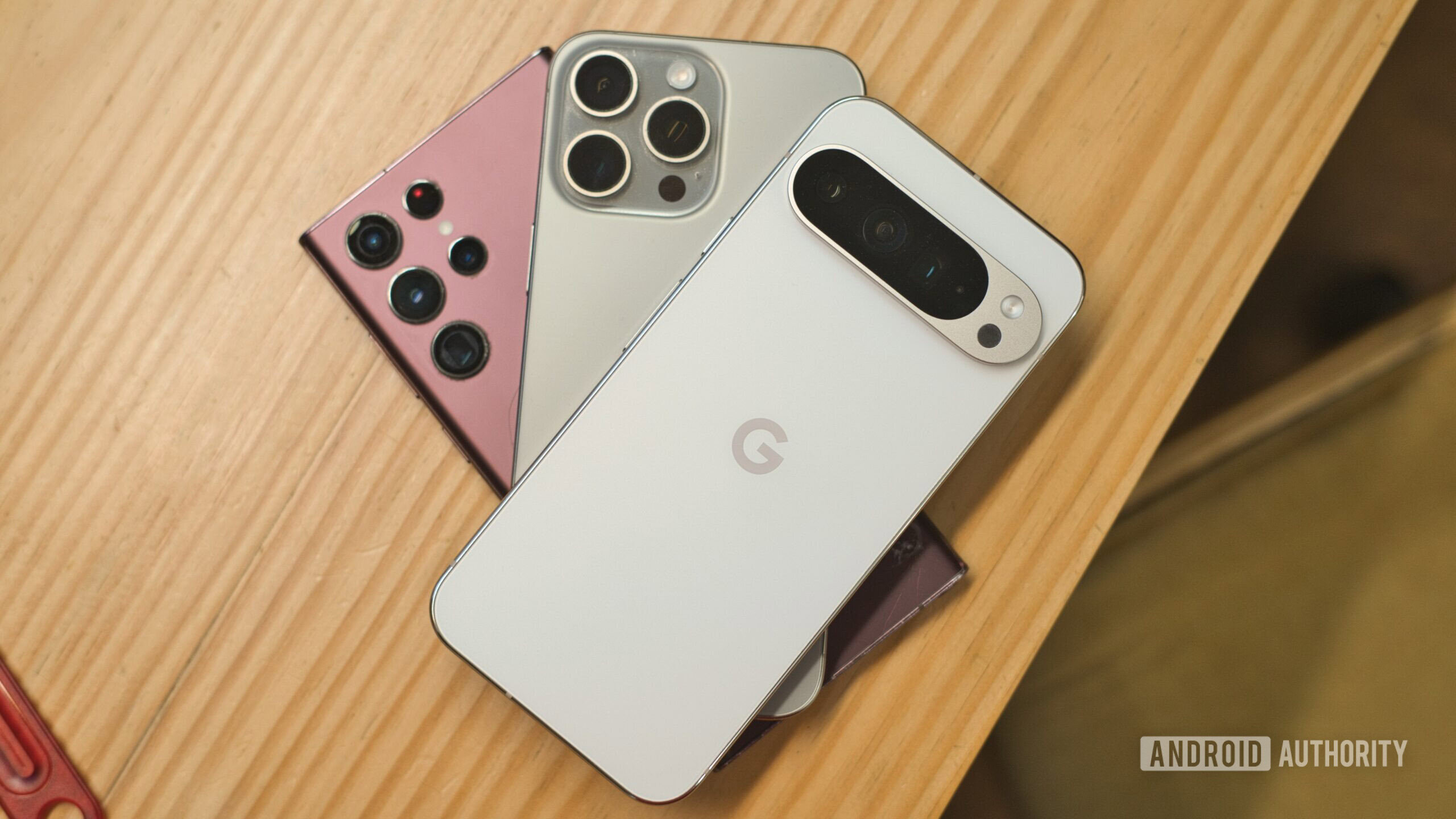
Dhruv Bhutani / Android Authority
With the iPhone 16 series out and its accompanying iOS 18 release upon us, all eyes are on Apple’s AI feature set. And among all the new AI additions, object removal from images is shaping up to be one of the highlights.
This feature has been a staple on the best Android phones for generations now, with the Pixel’s Magic Eraser making a showing as far back as the Pixel 6-series and Samsung’s Object Eraser that debuted with One UI 3 back in 2021. But with all the hype around Apple’s on-device AI and general proclivity to polish a feature before shipping, I was curious to see if the results matched up. So, I did the obvious and put it to the test.
Here are nine curated samples where I compared Apple’s Clean Up against the Pixel 9 Pro and Samsung’s take on object removal. Both the Pixel and Samsung phones include not just one but two options to accomplish the results. We’ve split it down into scenarios where we test how the AI tools can compensate for obscured views or text in the background.
Here’s Android Authority’s authoritative comparison of iOS 18 Clean Up against the Pixel Magic Eraser, Google’s newer Magic Editor, Samsung’s classic Object Eraser, and its latest Generative Edit tool from Galaxy AI. The results might surprise you.
Scenario 1: Removing a coffee cup from a table

Dhruv Bhutani / Android Authority
For my first test, I opted for a pretty straightforward shot of an espresso on a table. I was curious to see how each of the implementations would work around the cork mat under the cup and the book behind the cup. The results were interesting, to say the least.
At first glance, it might appear that the Clean Up tool in iOS 18 did a good job at removing the cup as well as its reflection. That’s until you spot the ghost of the book behind it. Conversely, Magic Eraser tried to fill the gap left by the missing cup and completed the mat. It, however, completely botched the book in the background. In comparison, Magic Editor’s results are absolutely flawless, removing not just the cup and placemat but also the shadow. Clearly, Google’s latest tech is much improved.
Samsung’s take on erasing objects puts on a good showing in this first test. Both successfully removed the cup but left behind the shadow. With a second pass, this could be cleaned up further. The book in the background was left intact, and the Generative Edit take even retained the trailing shadow caused by the lamp.
Scenario 2: Removing a flower vase with foliage

Dhruv Bhutani / Android Authority
For my next attempt, I decided to go for something simpler. Removing a vase from a table service with a clean backdrop behind it. Ideally, none of the tools should have a problem with that. Surprisingly enough, this turned out to be one of the most challenging scenarios for all five AI image editing tools.
By and large, iOS 18’s Clean Up did a very good job here. There are no visible traces of the vase on the table surface, nor are there any errant leaves. Instead, you get a shadow cast across the screen, which isn’t ideal. Additional passes might fix it up further, but for the sake of consistency, I gave all the tools a single shot. The Pixel 9 Pro’s Magic Eraser gets close to Clean Up but errs out by leaving a trace of the flower vase on the table surface. Magic Editor, on the other hand, does even better and has almost no shadow cast on the wall.
Unlike the first scenario, Samsung’s tools goofed up this time. While Object Eraser left floating elements of leaves in the image alongside traces of the vase, Generative Edit altogether swapped out the vase for…. a different vase. That was not quite the result I had been looking for when I hit the erase button.
Scenario 3: Removing chairs from a diner
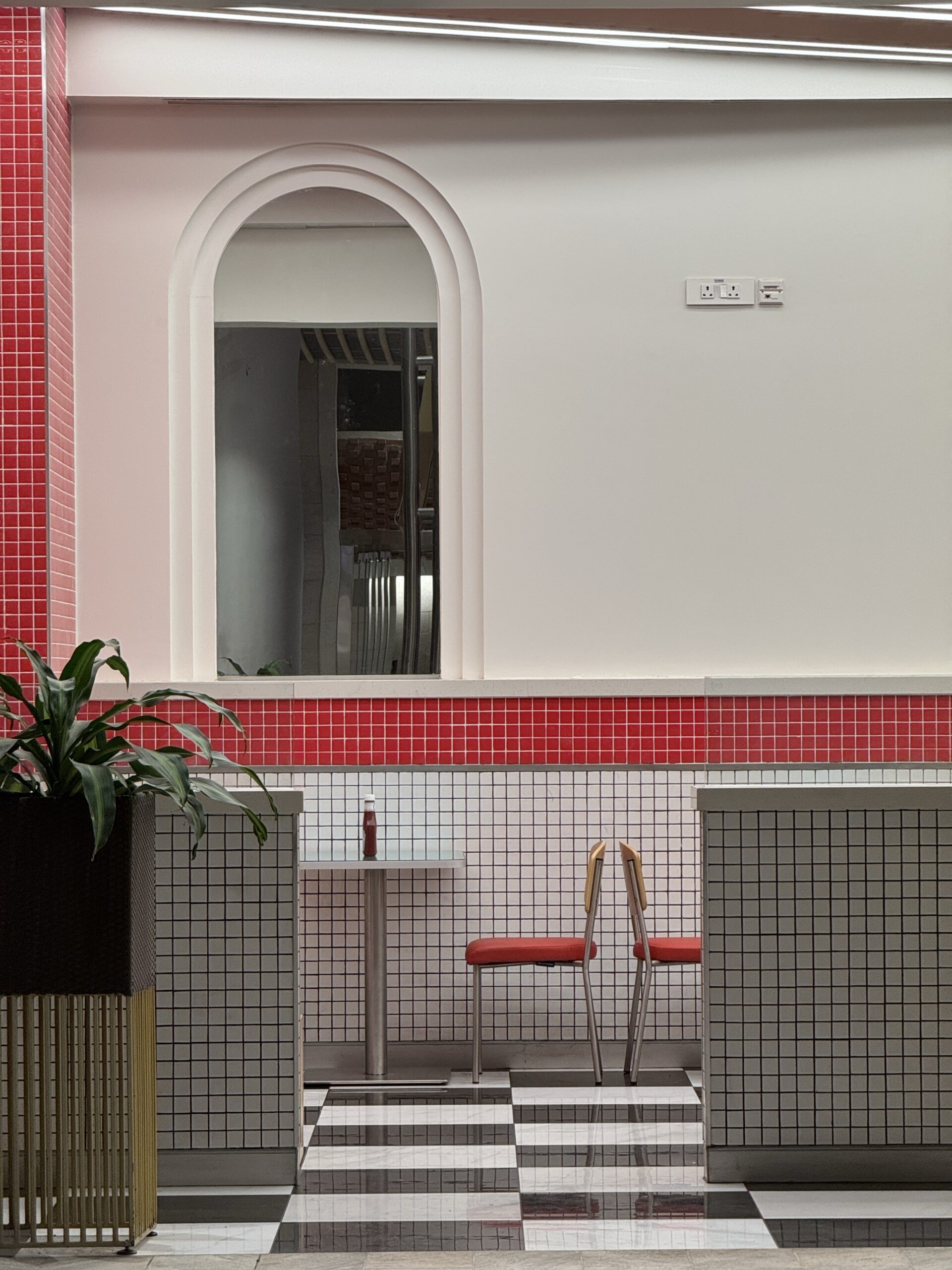
Dhruv Bhutani / Android Authority
As someone who has dabbled a lot in Photoshop, I know how hard it can be to manage straight lines and grids. For my next shot, I wanted to blitz the two chairs in the distance. The challenge would, of course, be to ensure that the background continues to look consistent.
Okay, I’ll make it easy for you. The iPhone’s Clean Up and Google’s Magic Editor win by a mile here. Not only are all the lines parallel to each other, but the AI has also managed to match color balance and exposure levels to keep the scene consistent. Both results are astonishingly close, with the only difference being that iOS 18 accomplished it completely on-device. Impressive.
Elsewhere, you can see that Magic Eraser tried hard to match up, but the squiggly lines say otherwise. Unfortunately, neither of Samsung’s tools could keep up here. Object Eraser masked the chairs with a low-resolution copy of the tile pattern, while Generative Edit added another type of seating. Nor did it do a very good job at that.
Scenario 4: Traffic against a building
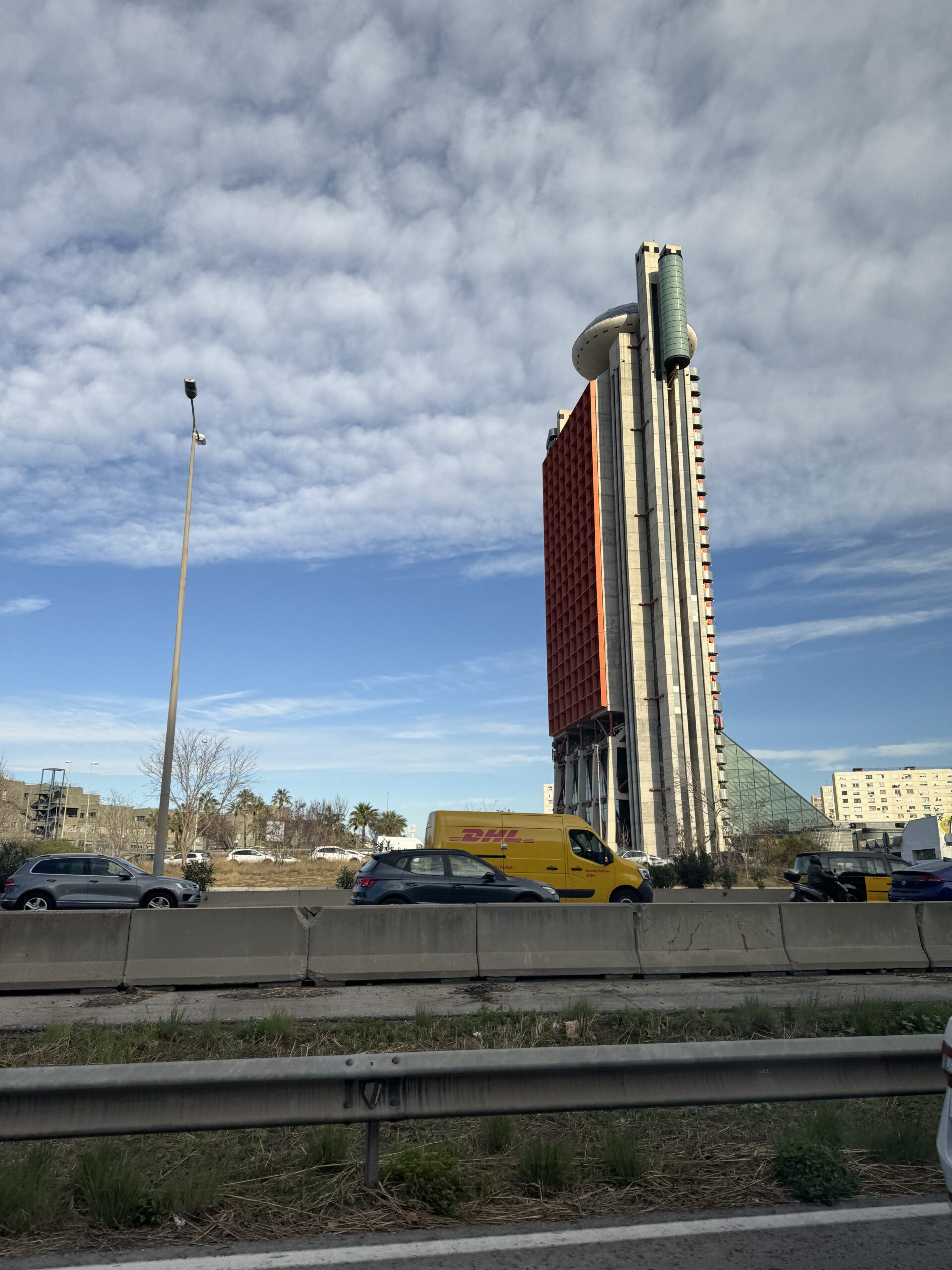
Dhruv Bhutani / Android Authority
Look at most demos of object-erasing tools, and removing traffic seems to be a very common use case. So, instead of repeating the usual scenario of traffic flowing down a street, I decided to spice things up. We’ve got two different images of varying complexity. For this first one, the traffic is largely across a barricade, which should impede the AI’s ability to recognize vehicles.
Both Clean Up and Magic Eraser start with a strong showing, masking the vehicles using foliage. However, Magic Eraser’s take looks a lot more natural, thanks to its sparing use of shrubbery. Additionally, the Clean Up tool adds too much sharpening to the image, which is easy to make out the moment you start zooming in. In an interesting turn of events, Magic Editor performs surprisingly poorly. To ensure there was no user error, I gave it a second shot, and yet again, the generative AI tool fumbled with eliminating vehicles from the image.
Object Eraser performs the worst here, the smeared-out vehicles aren’t going to fool anyone. For the most part, Generative Edit looks the most natural out of these four. That is, until you look at the rightmost corner and what appears to be a bus keeling over and an apartment block rising out of another apartment block. While I loved Inception as a movie, these are not the results I was looking for, and Magic Eraser wins out this round.
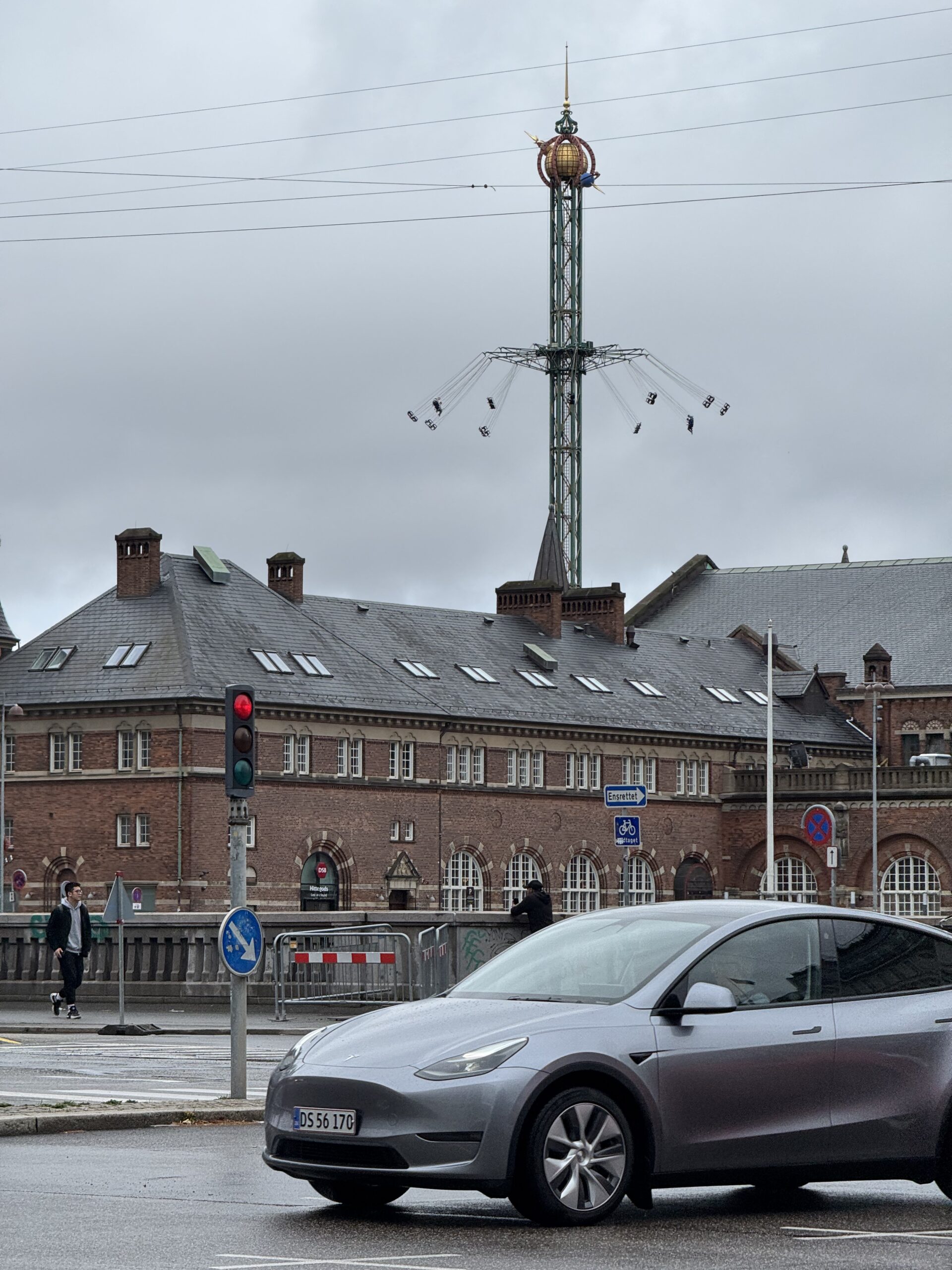
Dhruv Bhutani / Android Authority
I wasn’t expecting much from any of the tools for this next shot. The car blocking a significant portion of the backdrop means that there isn’t a whole lot of data for the AI to work with.
Apple’s Clean Up tool tries hard to clean up the image, but the smears and oversharpening artifacts immediately discount this as an AI fake. I’m not sure if I’m amused by Magic Eraser’s take or horrified, but it appears to have replaced the actual car with a car for Hobbits. To its credit, it has done an excellent job at recreating a realistic backdrop — if only the cartoon car weren’t a part of the image. The Pixel’s Magic Editor, on the other hand, does a scarily good job at not just removing the car but also at recreating the backdrop. Seriously, it’s hard to make out that this is a generative fill even peeping in close.
Object Eraser, too, did a decent job identifying the backdrop, but between the watercolor aesthetic and the shadow of the original car, this isn’t it. As for Generative Edit, I suppose it doesn’t quite understand what erase means.
Scenario 5: Removing people from a photograph

Dhruv Bhutani / Android Authority
Yet another common use case of object eraser tools is to remove people from an image. While most people would want to remove photobombers, we’re trying to push the AI to its limits. Would it be possible to generate a rather complex backdrop by removing this picture of me in front of a boat? There’s only one way to find out.
A common trait across all the tools is that they’re able to understand that there is a beam behind me and can complete the ledge and brick-laid path accurately. However, only Magic Editor and Generative Edit are able to create an unbroken beam. Clean Up’s take on the edit leaves a shimmering texture behind me, with elements of the boat fading away into the ether. You can see Magic Eraser trying to guess a railing design but failing to do so. Magic Editor’s take, on the other hand, is passable enough for social media posts though closer scrutiny reveals the missing details.
Object Eraser comes close to Magic Eraser’s attempt, but the low-resolution results and splotches are disappointing. Finally, Generative Edit’s results aren’t perfect either, and you can observe digital artifacts, but while not accurate, it produces a believable boat structure.

Dhruv Bhutani / Android Authority
Our next test takes removing people to the next level. The Japanese text in the backdrop adds an extra level of complexity, and I was curious to see the results.
First up is iOS 18’s Clean Up tool. While it successfully removes the person from the image, there are visible issues here. First, the smudged text is a dead giveaway. Next, the countertop elements look like they were painted on and are far from realistic. That’s before we get to the white splash in the foreground. Magic Eraser doesn’t fare much better, either. Magic Editor, however, somehow manages to recreate the shot as if the person was never there. From the text to food on the table, the results are ridiculously good.
While Object Eraser is a bit more consistent with the countertop arrangement, the low-resolution results and mangled text leave much to be desired. Finally, Generative AI matches up with the Pixel’s Magic Editor and does a stupendous job with a reasonably high-resolution reconstruction of the countertop and the text on the banner. In fact, the text even translates to Hiroshima Tower, which is exactly where I was. Incredible.
Scenario 6: Pets
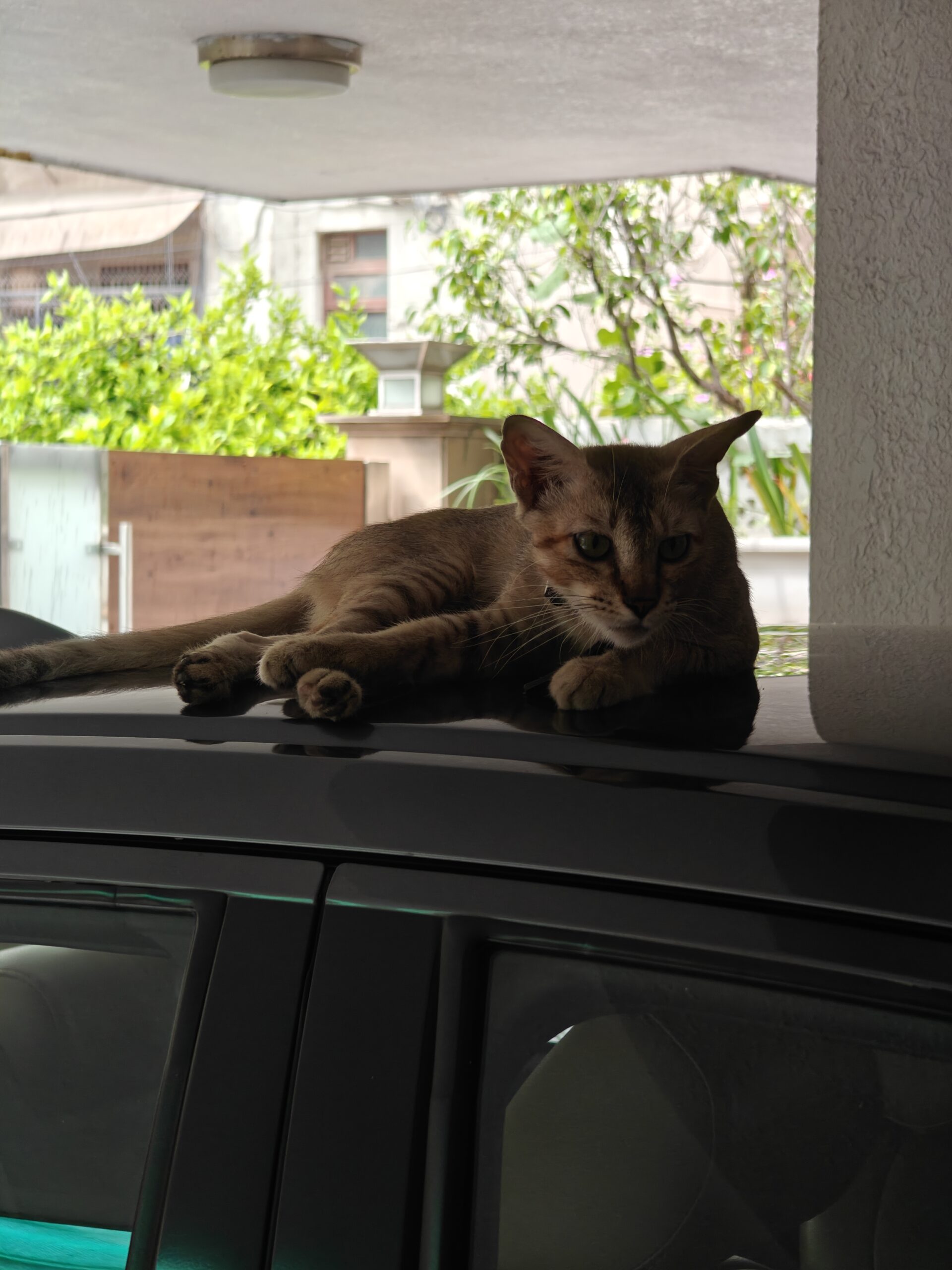
Dhruv Bhutani / Android Authority
For this next test, I took a random photograph of the neighborhood cat lounging on my car. It’s a close crop with not much to give away that the surface below is a car. Additionally, there’s a lot going on in the background.
The Clean Up tool in iOS 18 starts off well by color and texture matching the top of the car with the backdrop. But things go south pretty quickly once you start peering into the shot. Over on the left, it appears to have given my car a sportscar-like fin while merging the roofline with the backdrop. Magic Eraser drops the ball together by growing a garden on the roof of the car. By this point, it should be no surprise that Magic Editor does an extremely clean job of removing the cat and adding in the correct background. The results are basically flawless.
Object Eraser didn’t fare much better either with its black smudge take on the roof. Finally, Generative Edit gave pretty clean results, except it added additional elements to the car. Clearly, Magic Editor is the overall winner here.
Scenario 7: Objects in nature

Dhruv Bhutani / Android Authority
While all the AI tools handled complex scenarios to varying degrees of success, I still wanted to see how well they’d do with a pretty standard situation of wanting to replace an object with a straightforward backdrop. Will the results be natural looking, or will we end up with oversharpened or overstylized results? Let’s find out.
None of the tools had any trouble removing the airplane. However, it’s the details that we’re chasing. Clean Up on the iPhone 15 Pro Max appears to have added a structure of some sort in the distance. It doesn’t take away from the image, but it is certainly an interesting choice. Meanwhile, Magic Eraser was the only one to remove the trail of water splashes in its edit. That said, the foliage in the backdrop shows evidence of smearing, which is less than stellar. Magic Editor does an equally good job. Finally, Both Object Eraser and Generative Edit too pull off successful image edits with marginal differences in texture reproduction. Overall, Generative Edit gets my vote for the best results in this round but all results were plenty good for most users.
Conclusion: iOS 18 Clean Up vs Magic Eraser and Android’s best

Dhruv Bhutani / Android Authority
With all the evidence behind us, it’s fair to say that none of the tools are quite perfect. That said, I certainly did not expect the iPhone’s Clean Up tool to perform as well as it did. More so considering that the tool works completely offline.
That said, the Pixel Magic Editor is the hands-down overall winner. Barring a few situations, it generates the most true-to-life results. It does, however, require an internet connection to function. Similarly, Samsung’s tools, especially Generative Edit, do a pretty decent job with consistently natural-looking results and even the botched results were closer to what they should have been.
Pixel's Magic Editor is the winner, but the iPhone's offline Clean Up is impressive.
However, all said and done, the tools are far from a magic fix for less-than-perfect images and have a long way to go before they are a drop-in replacement for professional tools or, better still, better photography.

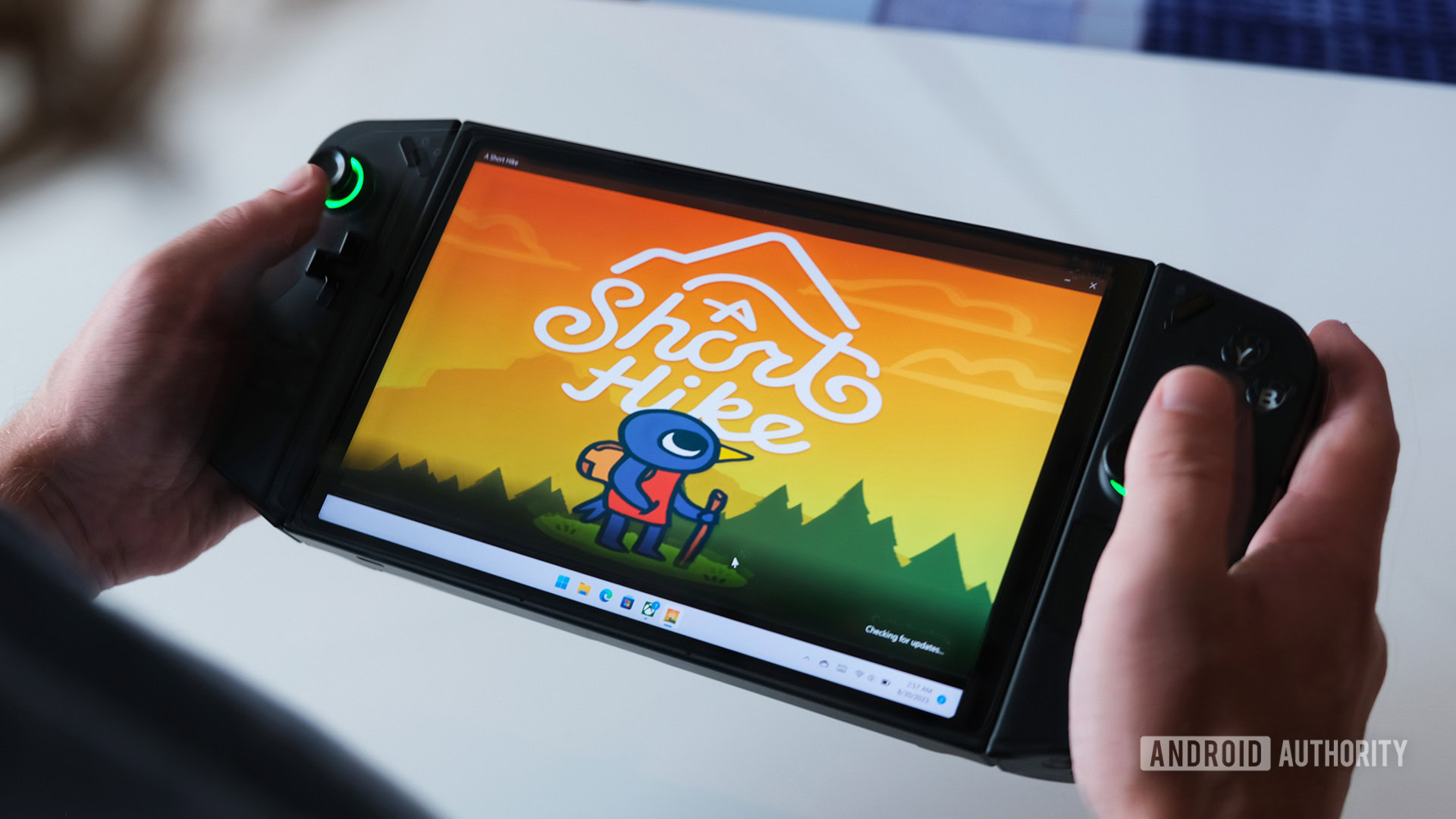
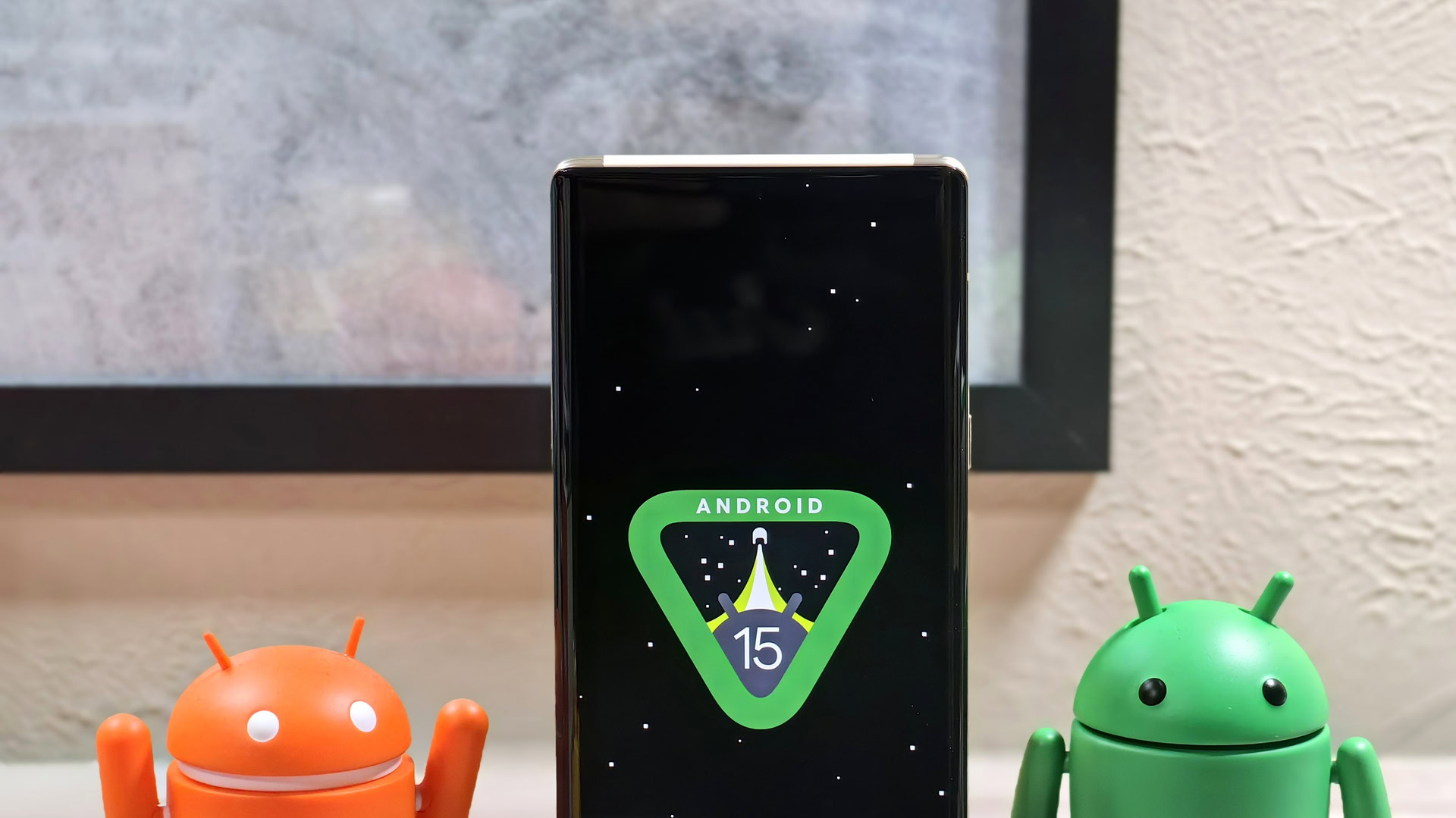
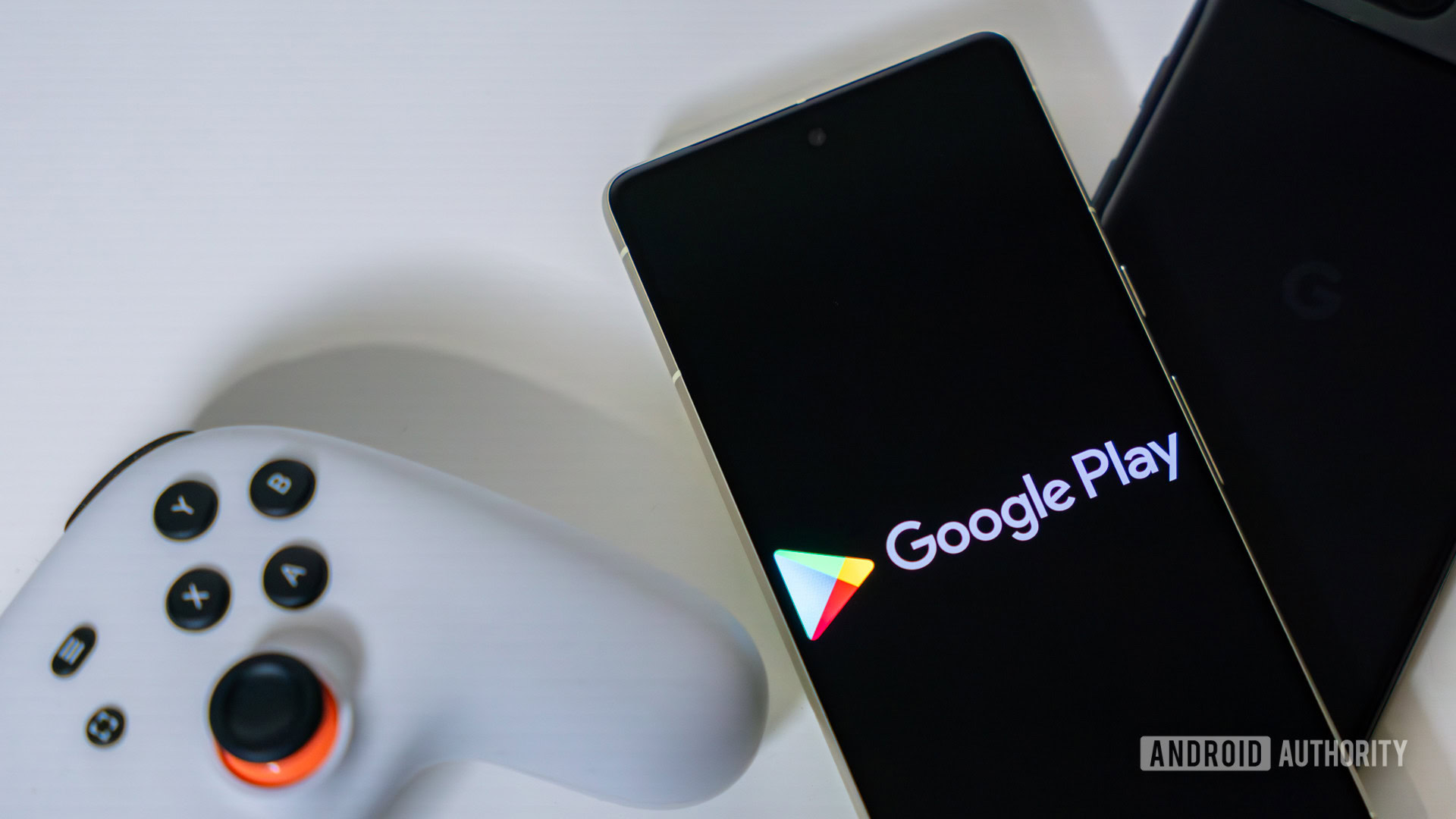




 English (US) ·
English (US) ·